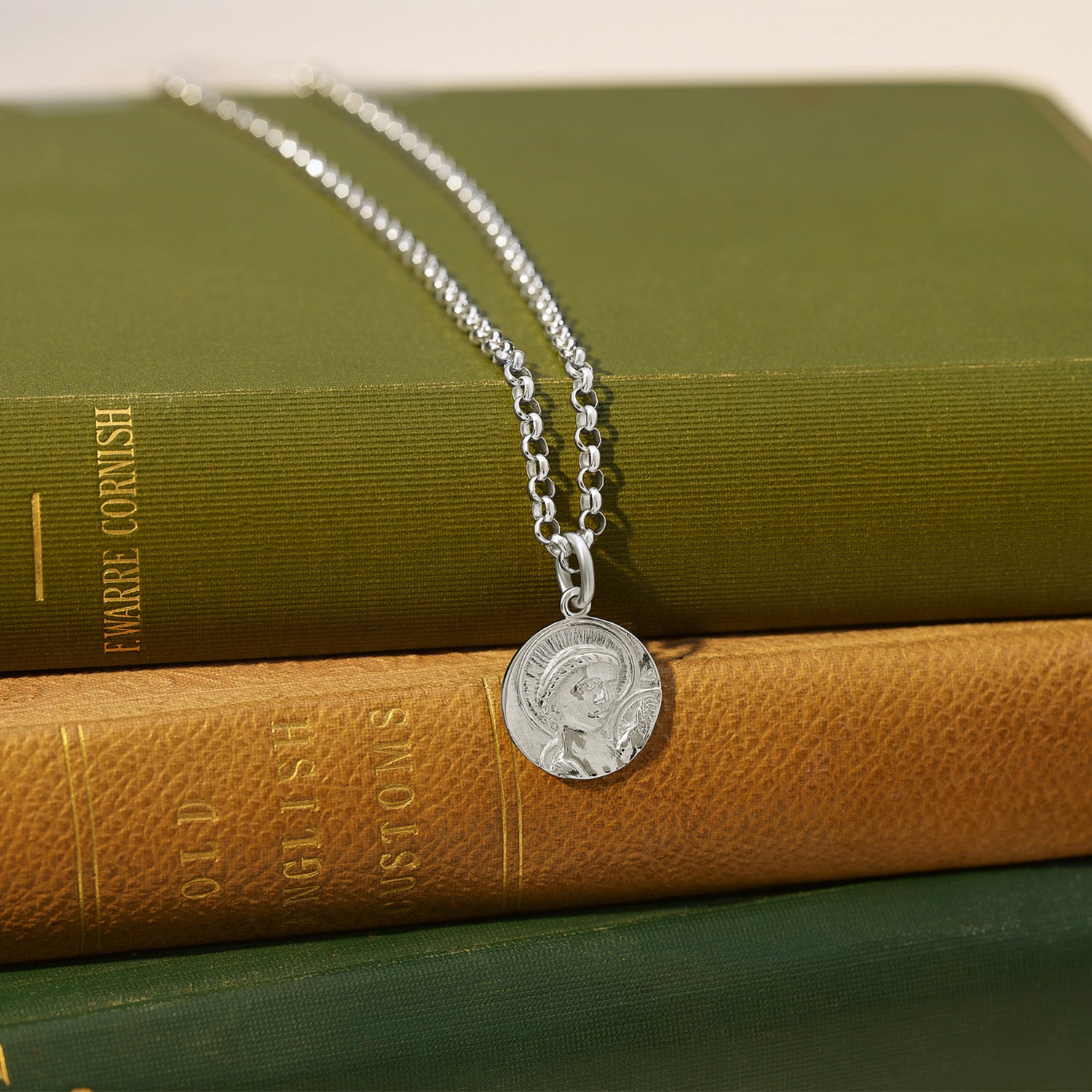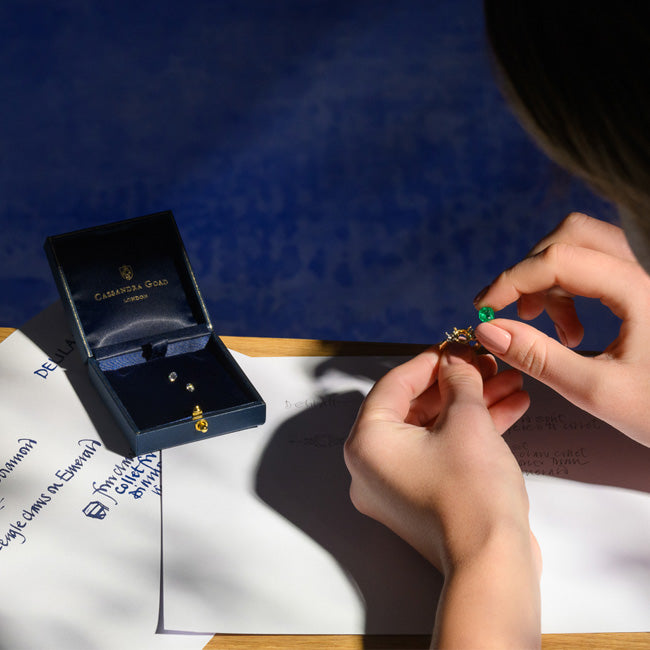
The Educational Value of French Cartoons
France has a rich tradition of producing captivating and educational cartoons that have entertained and enlightened generations of children. These animated gems not only provide entertainment but also serve as valuable tools for learning and personal growth.
Contrary to widespread belief, cartoons have educational value by providing children with knowledge about the world. Some French cartoons may bring them new knowledge, in terms of rules of behaviour in society. Simultaneously other cartoons may enrich children's vocabulary through new words or another language. Most cartoon characters have characteristics that are attractive to children who enjoy imitating them. Therefore, French cartoons often tackle important themes and values, such as friendship, courage, perseverance, and respect for diversity, in a way that resonates with the younger audience. By presenting these concepts through engaging stories and lovable characters, children can learn valuable life lessons while being entertained.
Discover Cassandra's favourite French cartoons for the younger audience:

Inspecteur Gadget
This French cartoon takes place in a French fictional city, Metro City, and represents Inspecteur Gadget. He is a police officer, half human, half machine, who uses multiple gadgets to divert the plans of the MAD, a criminal organisation lead by Dr Gang. This animated series became a classic French cartoon for children in the 1980s and 1990s.

Asterix et Obelix
Asterix is one of the most beloved characters in French culture. He and his best friend, Obelix, reside in a Gallic village in the middle of the Roman Empire. Their adventures take us to many countries, including Spain, Greece, Egypt, and America, portraying foreign cultures in humorous stereotypes. The adventures of the Gallic village are an exploration of the different facets of society during historical events. The series touches on deep themes, such as the fierce opposition to the Roman invader and the relentless struggle for freedom. These elements are developed into tales filled with extravagant adventures.

Il était une fois…la vie
Il était une fois… la Vie is an animated French educative cartoon destined for young children. This cartoon dives into the twists and turns of the human body, explaining its functionality through the teachings of the recurring character of the series, Maesstro whose office is found within the brain. It represents a journey within the human body where cells, minerals, and viruses are personified. The good (for example, the white blood cells) fight the bad (viruses and pathogens), to maintain the human body in good health and to help it develop properly.

Les aventures de Tintin
Les aventures de Tintin is a cartoon featuring a young Belgian reporter and his dog Milou. Because of his profession, and as a result of his adventures, Tintin travels across almost all continents. The cartoon revolves around police investigations, espionage, science fiction and fantasy. Influenced by scouting, Tintin fights against Evil in general, or at least against everything he considers to be evil.

Les Histoires du père Castor
Les Histoires du père Castor is a French-Canadian cartoon that features a father figure, père Castor, who tells stories to his three grandchildren: Câline, Grignote and Benjamin. Each of these stories has a valuable lesson that allow children and viewers to question themselves on varying subjects.





